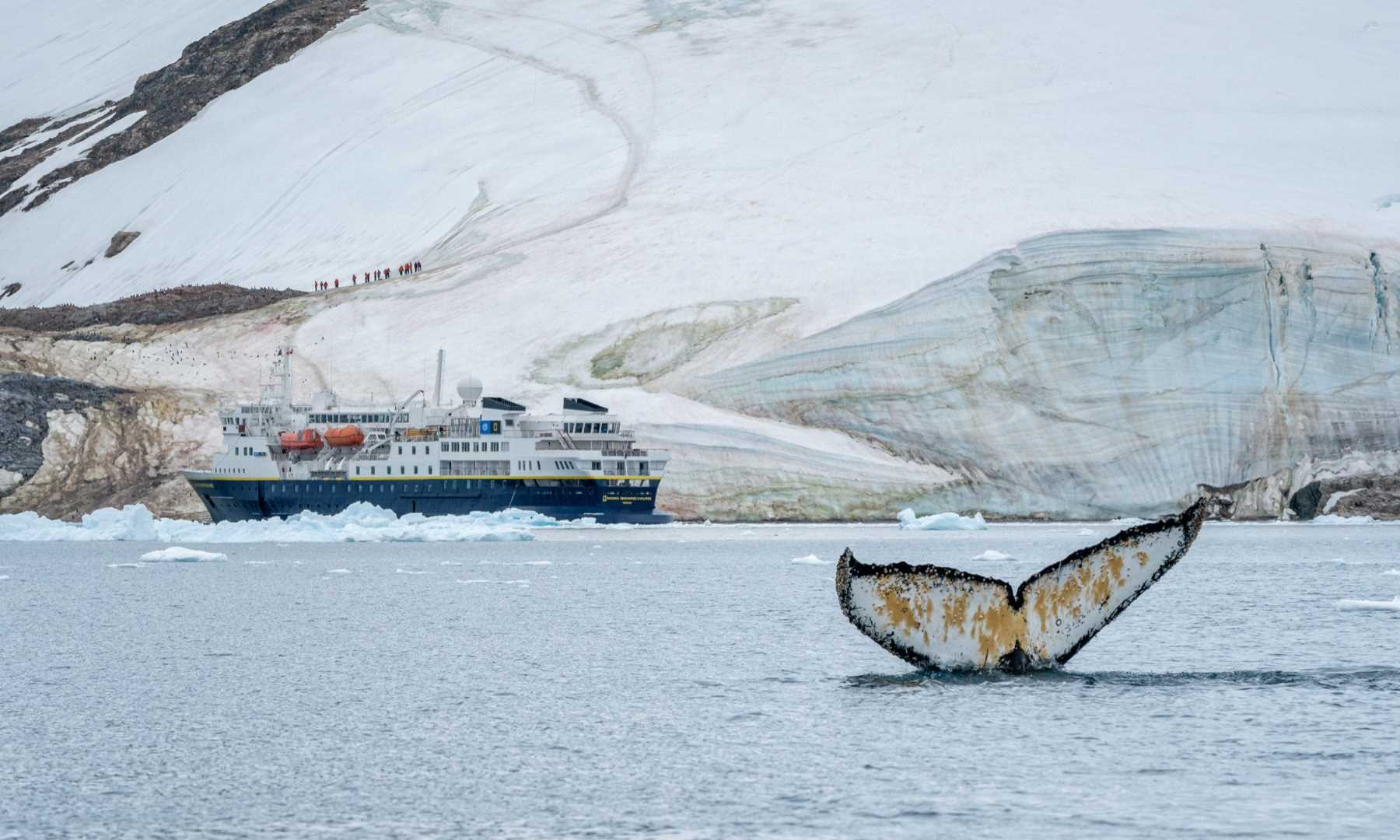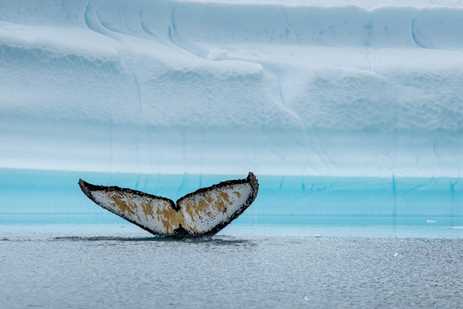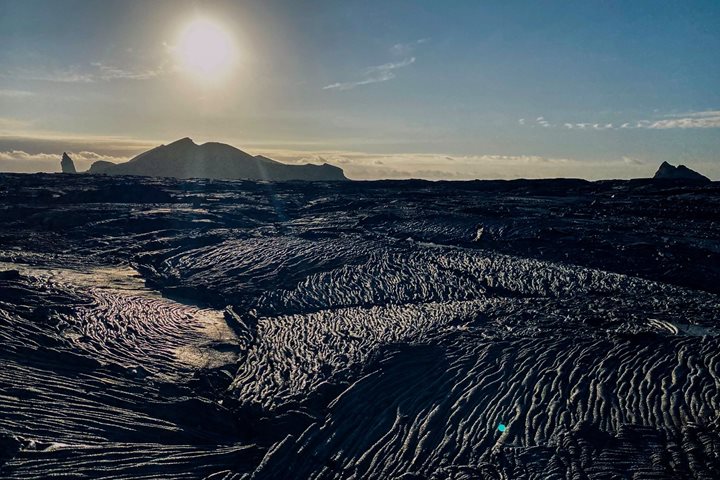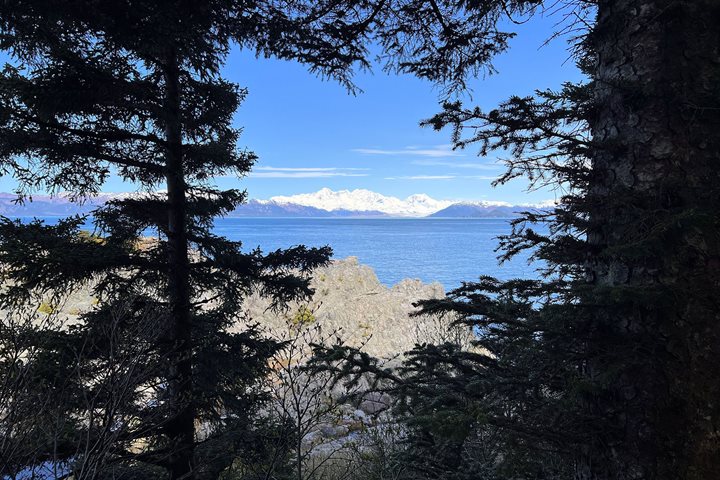Encountering a whale in the wild is to encounter a mammal of sublime significance. Certified Photo Instructor Nathan Kelley has been lucky to experience these marine mammoths around the world, snapping dynamic photos of humpback whales in Alaska, diatom-coated flukes in Antarctica, and gray whales in Baja California. In celebration of National Photography Month, he’s sharing some of his favorite whale photos and moments, along with tips so you can capture your own. Get Inspired By Photos, Videos, Webinars, Stories, And Exclusive Offers. Sign Up
Jun 2025
1 Min Read









